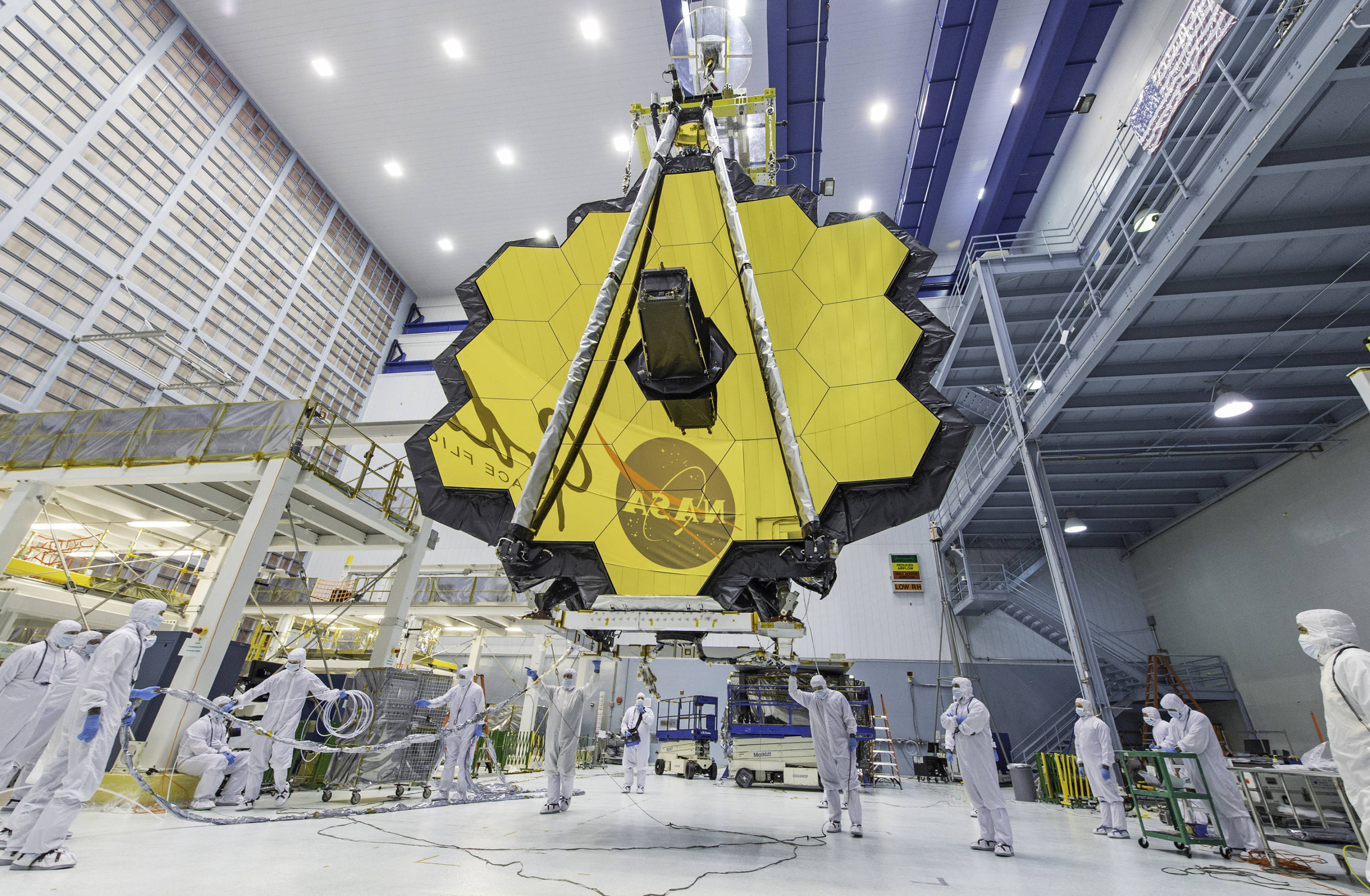The James Webb Space Telescope peers beyond the surface of the Cat's Paw Nebula on its third anniversary.

NASA's James Webb Space Telescope , celebrating its third year of stunning revelations of the cosmos in infrared light, has pierced the thick layers of dust in a section of the interior of the Cat's Paw Nebula (NGC 6334) .
By focusing Webb's Near Infrared Camera (NIRCam) on a single "footpad" within this active star-forming region, a subset of mini 'footpads' was revealed that appear to contain young stars sculpting the gas and dust around them .
Webb's curious look at this particular region of the Cat's Paw Nebula is just a sample of the telescope's three years of groundbreaking science.
Cat's Paw Nebula. Photo: NASA
" Three years into operations, Webb continues to fulfill its design mission: to reveal previously hidden aspects of the universe , from star formation to some of the earliest galaxies," said Shawn Domagal-Goldman, acting director of the Astrophysics Division at NASA Headquarters in Washington.
Domagal-Goldman added that, as Webb breaks its own records, it is also revealing unknowns that new generations of flagship missions will need to address.
"Whether pursuing the mysteries of dark matter with NASA's nearly complete Nancy Grace Roman Space Telescope , or focusing our search for life on Earth-like planets with the Habitable Worlds Observatory , the questions Webb has raised are as exciting as the answers he's giving us," he said.
The process that converts a large molecular cloud into massive stars requires multiple steps, some of which are still not well understood by astronomers.
Located about 4,000 light-years away in the constellation of Scorpius, the Cat's Paw Nebula offers scientists the opportunity to study in great detail this turbulent process that turns clouds into stars.

Image from the James Webb Space Telescope. Photo: NASA
Webb's observation of this nebula in near-infrared light builds on previous studies by NASA's Hubble Space Telescope and the retired Spitzer Space Telescope , in visible and infrared light, respectively.
With its sharp resolution, Webb reveals never-before-seen details and structural features: large young stars are scouring the nearby gas and dust, while their brilliant starlight produces a radiant nebula glow depicted in blue.
This is a fleeting scene in which explosive young stars, with their luminosity and relatively short lives, play a brief but important role in the longer history of the region. As a consequence of the energetic behavior of these massive stars, the local star formation process will eventually come to a halt.
The James Webb Space Telescope is the world's premier space science observatory. Webb is solving the mysteries of our solar system, seeing beyond to distant worlds around other stars, and exploring the mysterious structures and origins of our universe, and our place within it. Webb is an international program led by NASA with its partners: ESA (European Space Agency) and CSA (Canadian Space Agency).
See also: 
Types of planets. Photo:
eltiempo




